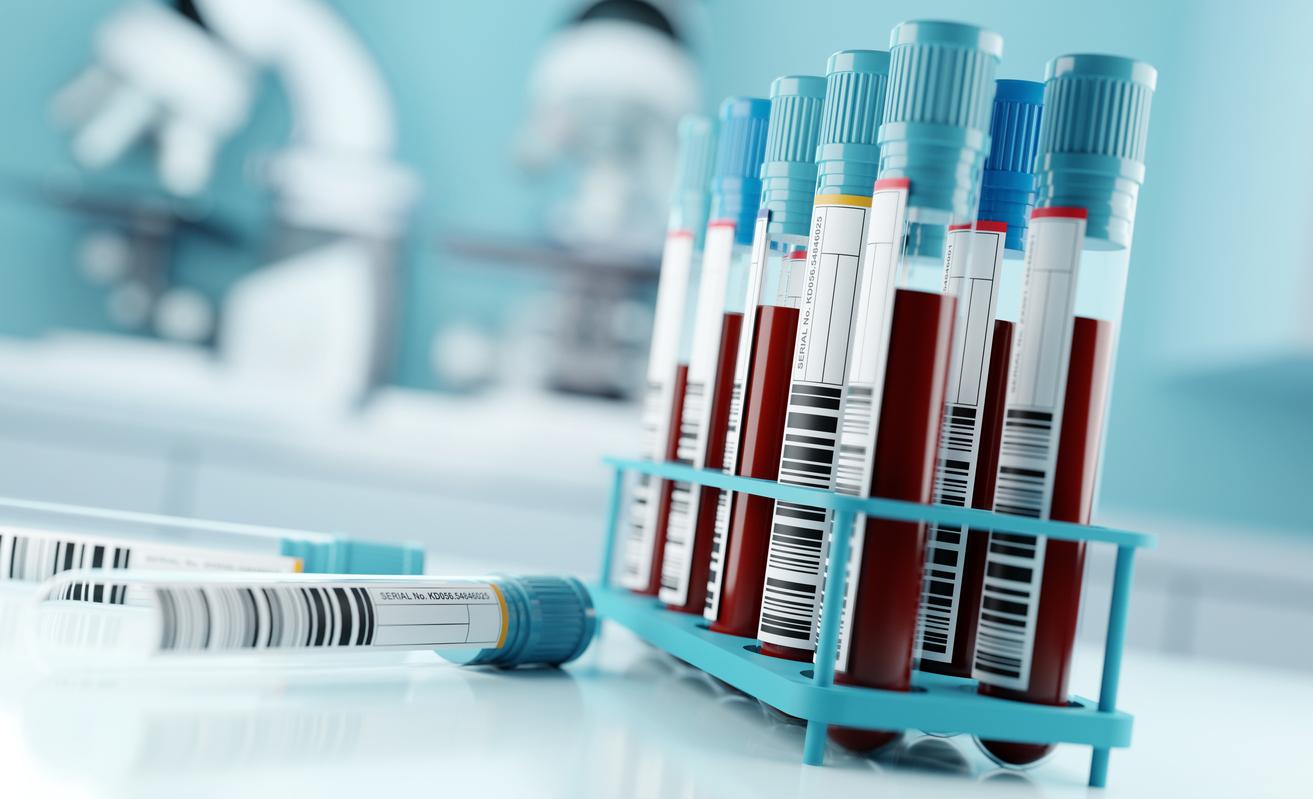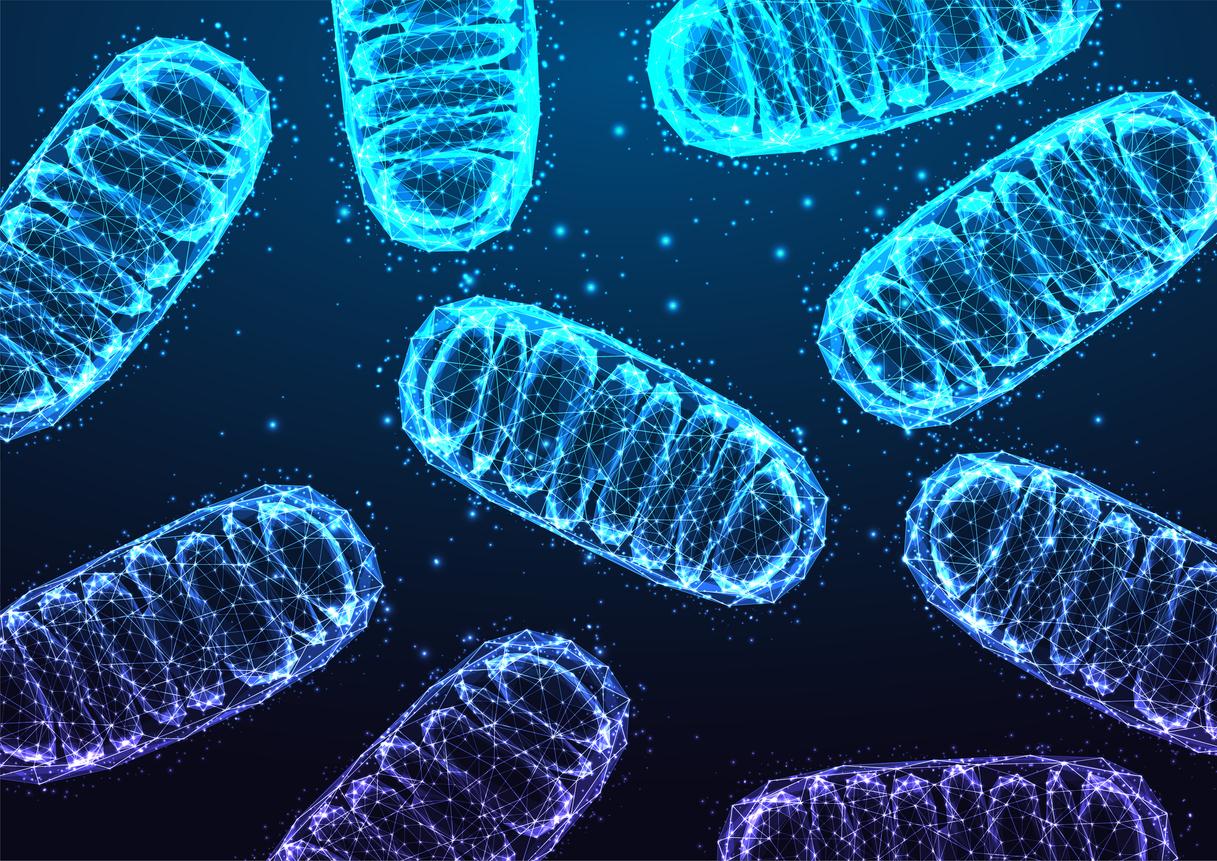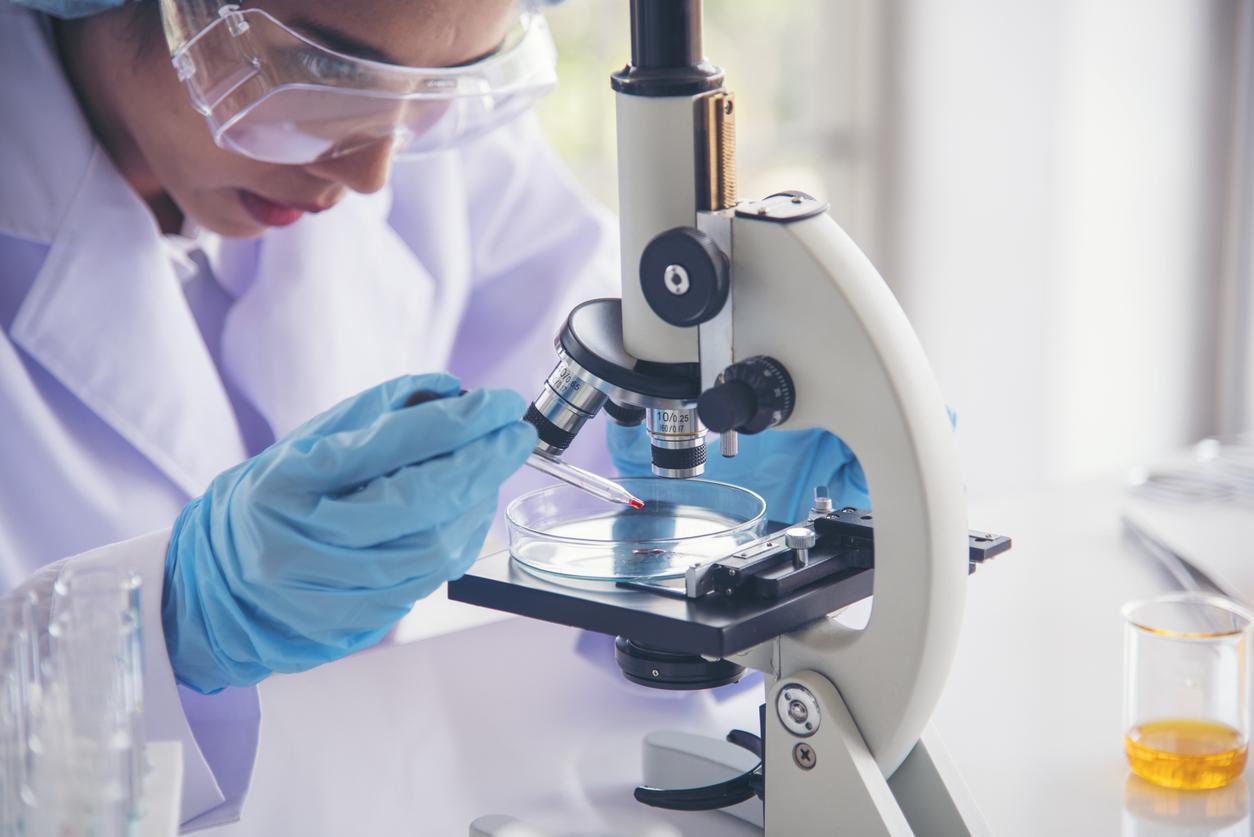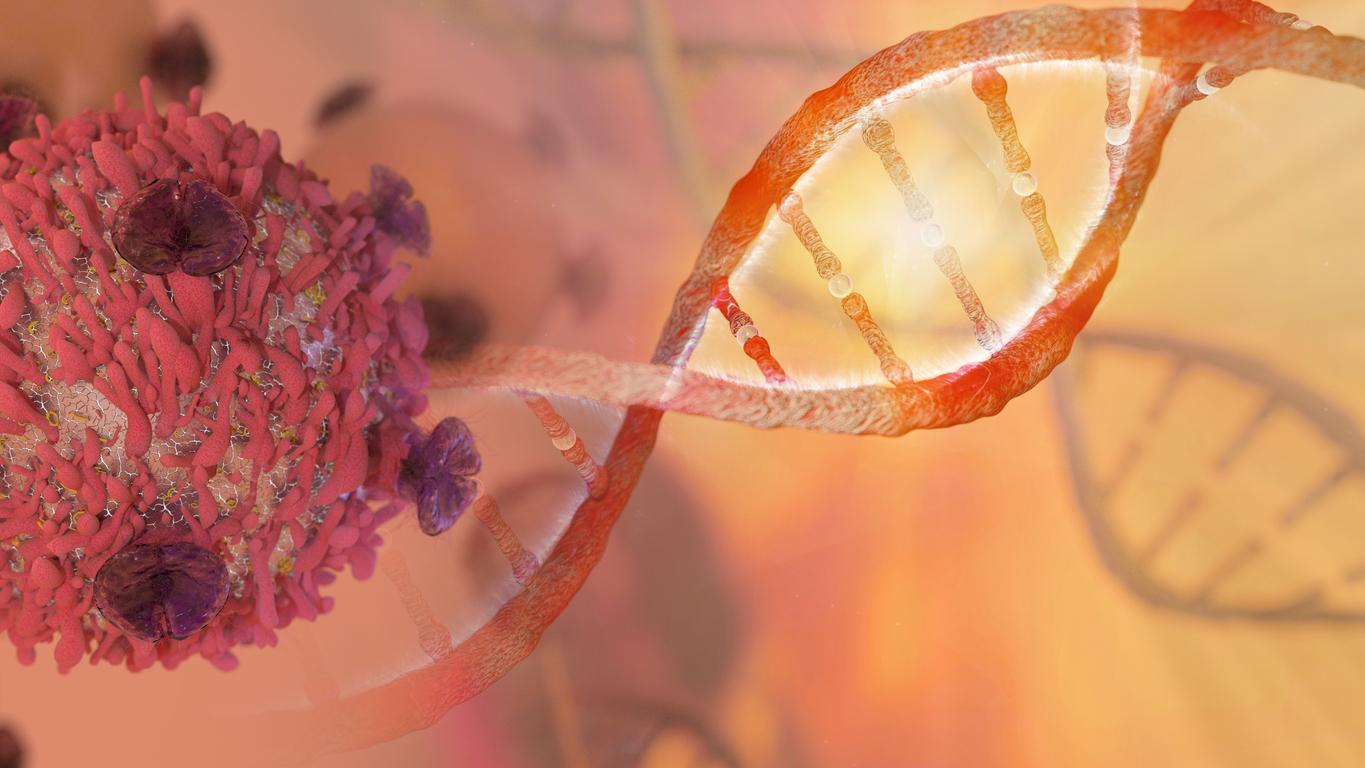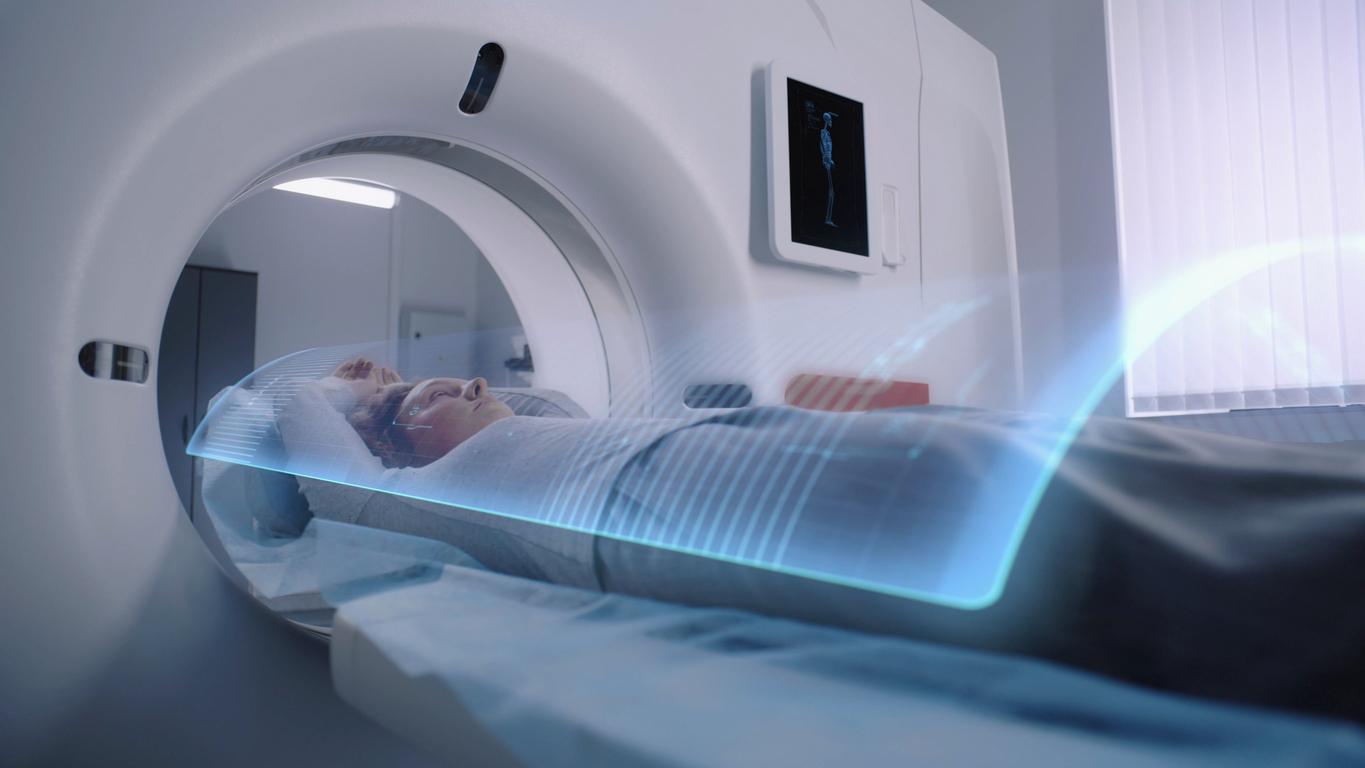French researchers have discovered the presence of complete and functional mitochondria in the bloodstream. Ultimately, this discovery could allow better diagnosis, monitoring or treatment of many diseases, including certain cancers.
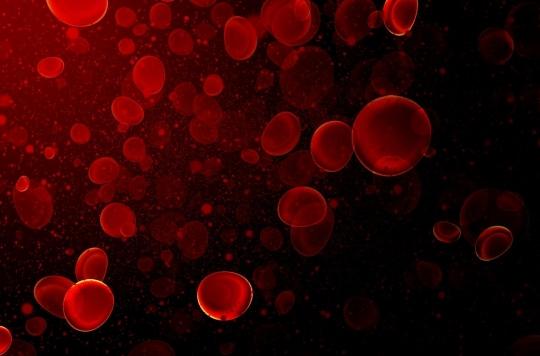
Our blood is made up of red and white blood cells and platelets that are bathed in a fluid known as plasma. But the bloodstream is also made up of complete and functional mitochondria, Inserm researchers reveal from the University of Montpellier and the Montpellier Cancer Institute in a study published on January 19 in The Faseb Journal. These organelles play a key role in maintaining lipid levels and the correct ion concentrations required for physiological communication, in providing the energy needed for blood circulation, in assisting in the transport of glucose and insulin and in eliminating potential health risks.
They also have the particularity of having their own genome. The latter is transmitted exclusively by the mother and differs from the DNA contained in the nucleus. Until now, mitochondria were only found outside cells in special cases, released by platelets into the extracellular space. Ultimately, these results, unprecedented in physiology, open the way to new therapeutic avenues.
In the past, research has shown that the blood plasma of a healthy person contains up to 50,000 times more mitochondrial DNA than nuclear DNA. To try to detect and quantify it in the blood, the researchers therefore had the idea here of protecting it in a stable structure. Then, they analyzed a hundred samples of blood plasma.
Messenger for the whole organization
Thanks to a very sensitive detection method called genetic amplification, which allows the direct determination of minute quantities of DNA, they discovered the presence in the bloodstream of structures containing entire, intact and functional mitonchondrial genomes. “When we consider the high number of extracellular mitochondria that we found in the blood, we can wonder why this has not been discovered before”, welcomes Professor Alain R. Thierry who led the research.
In the blood, these mitochondria could be involved in physiological and/or pathological processes requiring communication between cells, such as inflammation mechanisms, for example, the researchers suggest. Recent studies have shown in particular that certain cells can exchange mitochondria with each other, such as stem cells with damaged cells. “The extracellular mitochondria could perform several tasks as a messenger for the whole organism”, explains Alain R. Thierry.
Ultimately, this discovery could lead to better diagnosis, monitoring or treatment of certain diseases.
When mitochondrial DNA is altered, the risk of cancer increases
The research team is now focusing on the evaluation of extracellular mitochondria as biomarkers in non-invasive prenatal diagnosis and cancer. “Further research is needed to assess the impact and potential implications of this finding in the field of cell-cell communication, inflammation and clinical applications,” conclude the researchers.
Since mitochondria have a key role in regulating the main metabolic pathways in the body, their destruction or weakening can lead to serious complications such as multiple sclerosis, autism, bipolar disorder, chronic fatigue syndrome, diabetes type 2, heart disease and cancer.
Indeed, when mitochondrial DNA is altered, the risk of cancer increases. When too many free radicals are produced, the mitochondria create oxidative stress which prevents antioxidants from defending the body against cancer. In the past, researchers have notably noticed that lung cancer, breast cancer and renal cell carcinoma increase as a result of these mutations.
.








